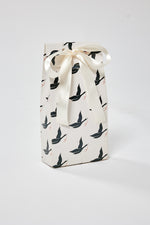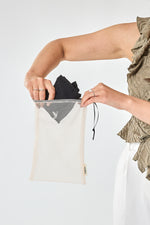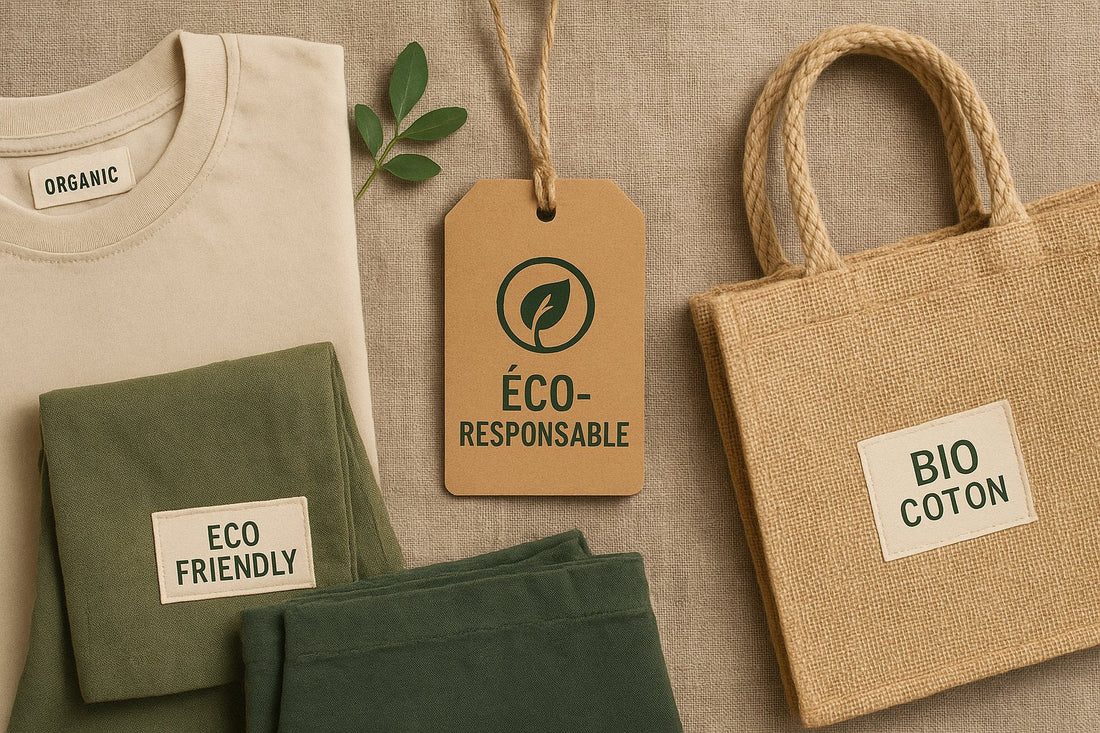Tights and boyshorts are among those wardrobe essentials that wear out quickly, are consumed a lot, and often end up in the trash. Good news: in recent years, several brands have committed to transforming this everyday product into a more environmentally friendly garment.
But given the diversity of discourses and labels, how can we find our way? This article offers a comparison of the eco-responsible players who are reinventing tights and boyshorts today, in France and Europe.

Why choose eco-friendly tights and shorts?
Classic tights and shorts pose a real ecological problem:
synthetic fibers from petroleum,
very limited lifespan (often a few ports),
production often delocalized and opaque.
Committed brands are now focusing on three levers:
-
Recycled and innovative materials (regenerated nylon, organic cotton, biodegradable fibers).
Durability (stronger, repairable tights).
Local and transparent manufacturing.
Swans: lasting elegance
Materials: recycled fibers, OEKO-TEX certification.
Durability: Durable tights designed to last.
Manufacturing: European workshops using short supply chains.
Style: Chic minimalism, with timeless cuts.
Cygnes embodies a global approach : limiting waste, prioritizing quality, and supporting customers towards a more conscious consumption of tights.

French brands
SUN
Advantages: accessible pioneer, certain ranges of tights in recycled polyamide.
-
Limits: transition still partial, mixed production.
Etam & Darjeeling
Advantages: “green” collections with organic cotton and some recycled fibers.
Limitations: lack of transparency across the entire chain.
European brands
Swedish Stockings (Sweden)
Materials: Econyl® regenerated nylon.
Initiatives: recycling program for used tights.
Style: simple, Scandinavian, very high quality.
Price: between 30 and 40 €.
Wolford (Austria)
Materials: recycled fibers and biodegradable ranges certified “Cradle to Cradle”.
Positioning: luxury and high technology.
Price: premium.
Calzedonia (Italy)
Advantages: wide distribution, “Eco” collections in recycled nylon.
Limits: offer still marginal.

Textile innovations to follow
Econyl®: nylon regenerated from fishing nets.
Amni Soul Eco®: biodegradable nylon.
Recycled elastane: essential for 100% circular tights.
-
Repair & upcycling kits: towards lingerie that can be reused for longer.
Quick comparison:
| Brand | Materials | Manufacturing | Highlights | Limits / Prices |
|---|---|---|---|---|
| Swans | Recycled fibers, OEKO-TEX | Europe | Elegance, short circuits | Mid-range |
| Swedish Stockings | Econyl® Nylon | Italy/Sweden | Recycling, innovation | High price |
| Wolford | Recycled, organic fibers | Austria | Luxury, total circularity | Premium |
| SUN | Partially recycled nylon | Europe/Asia | Accessibility | Slow transition |
| Calzedonia | Recycled nylon (partial) | Italy | Mass diffusion | Limited offer |
| Etam / Darjeeling | Organic cotton, recycled | Mixed | Green initiatives | Low transparency |
Upcoming trends:
Repairable tights thanks to self-welding fibers
Total circularity: from yarn to complete recycling.
Inclusivity: Extended sizes and nude shades for all skin tones
Fall for your Swans product now!
The market for eco-friendly tights and shorts is undergoing a major transformation.
Swans stands out for its holistic and elegant approach.
Swedish Stockings and Wolford focus on innovation and luxury.
DIM, Calzedonia and Etam are beginning the transition, but are still on the way.
The future is clear: consume less, but better . Tomorrow's tights will be more durable, repairable, recyclable... and ever more beautiful.



